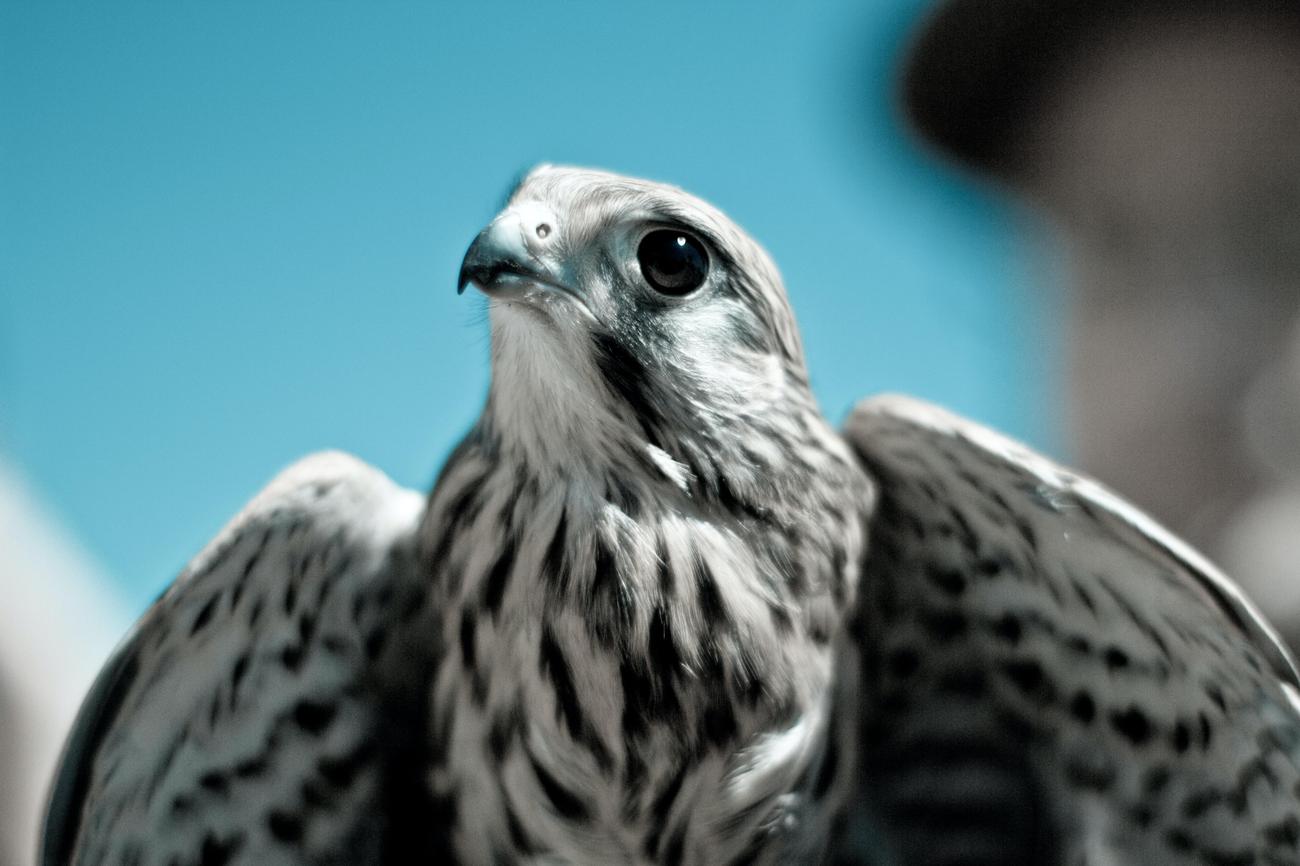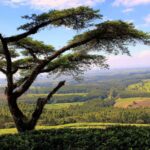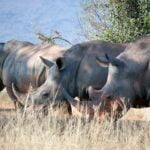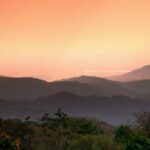Welcome to the world of wildlife wonders in Malawi! In this article, we will embark on a captivating journey to explore the rich biodiversity that thrives within this African country. Prepare to delve into the intricate tapestry of native wildlife that calls Malawi home. As an experienced wildlife journalist with a deep-rooted passion for documenting the wonders of nature, I am excited to share my extensive knowledge and expertise on the unique fauna that inhabits this enchanting land. From the mysterious leopards prowling through the untamed Liwonde National Park to the gallant conservation efforts aiming to protect the critically endangered Black Rhinoceros, we will uncover the intricacies of Malawi’s ecological systems. Through this immersive experience, we aim to educate and inspire readers, fostering a profound respect for the preservation of the diverse ecosystems that make Malawi a true sanctuary for its native wildlife.
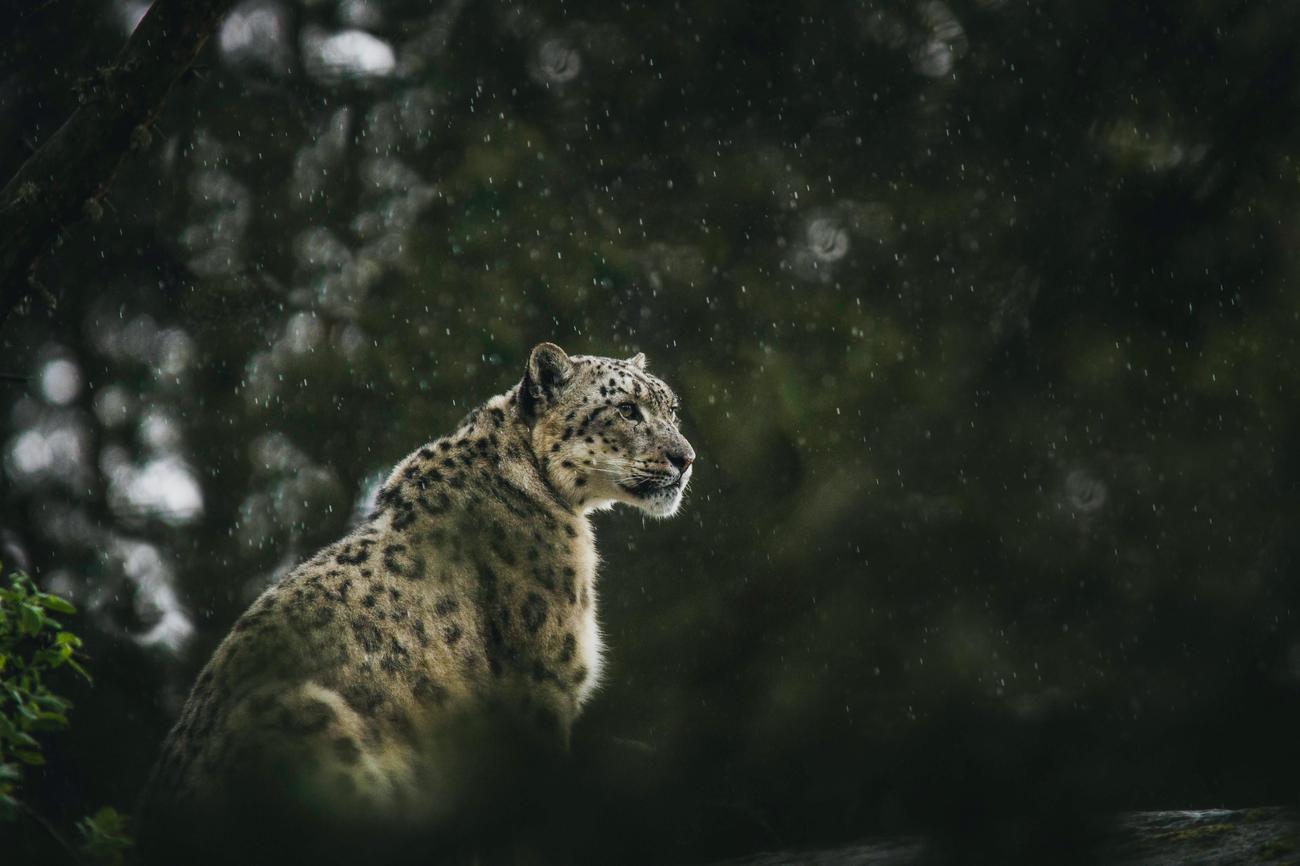
Native wildlife of Malawi
Malawi, a landlocked country in southeastern Africa, is a hidden gem when it comes to its incredible diversity of native wildlife. From the vast plains of Liwonde National Park to the stunning depths of Lake Malawi, this vibrant country is teeming with fascinating fauna that will leave you in awe.
Let’s embark on a thrilling journey and explore the incredible native wildlife of Malawi. Strap on your boots and get ready to dive deep into the heart of nature as we uncover the wonders that await us.
Exploring Lake Malawi
Lake Malawi, also known as the “Lake of Stars,” is a true natural wonder. Its crystal-clear waters stretch over 580 kilometers and are home to an astonishing array of fish species. With over 500 native cichlid species, Lake Malawi is a paradise for aquatic enthusiasts and biologists alike.
Dive into the turquoise waters and witness the vibrant colors of these unique fish species firsthand. From the striking colors of the peacock cichlids to the intricate patterns of the electric yellows, each species is a masterpiece in its own right. But it’s not just the colors that make them stand out; their behavior and adaptations are equally fascinating.
“Lake Malawi is a living testament to the wonders of evolution. Witnessing the diversity of native cichlid species is like stepping into a vibrant underwater gallery, where each fish tells its own story of survival and adaptation.”
The Majestic Big Five
While many may associate the Big Five with the African savannah, Malawi boasts its own unique version of this iconic group. Meet the majestic elephant, the regal lion, the elusive leopard, the powerful buffalo, and the stately rhinoceros. These incredible creatures roam the diverse landscapes of Malawi with an air of grandeur.
Tracking the footsteps of these magnificent animals offers a glimpse into their untamed world. Witness the grace of a leopard silently stalking its prey, the thunderous rumble of an elephant herd passing by, or the heart-stopping encounter with a lion pride. Each encounter is a reminder of the raw beauty and importance of these creatures in the web of life.
“The Big Five of Malawi are not mere symbols of power and beauty; they are the guardians of the wilderness, reminding us of the delicate balance between humans and nature.”
Conservation Efforts and Challenges
While Malawi’s native wildlife is awe-inspiring, it faces numerous challenges that threaten its very existence. Habitat loss, deforestation, and poaching pose significant risks to the fragile ecosystems that support these species. However, amidst these challenges, dedicated conservation efforts are underway to protect and preserve the rich biodiversity of Malawi.
Local initiatives collaborate with international organizations to combat these threats and ensure a sustainable future for the native wildlife. Successful reintroduction programs have seen the critically endangered Black Rhinoceros make a comeback, and community-led conservation projects are empowering local communities to become stewards of their natural heritage.
“Conservation is not just a battle; it is a collective responsibility. Together, we can safeguard the native wildlife of Malawi and secure a thriving future for generations to come.”
Unique Fauna Beyond Belief
Malawi’s biodiversity extends far beyond its well-known residents. It is a haven for bird enthusiasts, boasting over 650 species fluttering through its diverse habitats. The secretive African fish eagle, the brilliant lilac-breasted roller, and the delicate Livingstone’s flycatcher are just a few of the feathered wonders awaiting discovery.
Venture into the lush forests that blanket the country, and you’ll encounter a world of primates. The playful vervet monkeys swing through the treetops, while the enigmatic baboons form intricate social structures. Keep your eyes peeled, for you might even catch a glimpse of the rare and elusive Lichtenstein’s hartebeest or the graceful sable antelope.
“Malawi’s native wildlife is a true testament to the extraordinary diversity of life on our planet. From the smallest bird to the largest mammal, each species has an irreplaceable role in the intricate tapestry of ecosystems found here.”
Conclusion: A Call to Preserve
As we conclude our exploration of the native wildlife of Malawi, it is essential to remember our responsibility to protect and preserve these fragile ecosystems. Their future is intertwined with our own, and their loss would be an irreparable tragedy.
By deepening our understanding, appreciating their unique beauty, and supporting conservation efforts, we can ensure that Malawi’s biodiversity continues to thrive. Let us cherish and safeguard the native wildlife of Malawi, leaving a legacy of conservation for generations to come.
“In the face of adversity, our actions can make a difference. Let us stand as guardians of the native wildlife of Malawi, protecting the irreplaceable treasures that reside within its borders.”
Malawi, known as the “Warm Heart of Africa,” is not only home to stunning landscapes but also a diverse array of animals. If you’re a nature enthusiast, you won’t want to miss learning about the incredible wildlife found in this beautiful country. Here are 5 fascinating facts about Malawi animals that are sure to captivate your curiosity.
So, let’s start with fact number one. Did you know that Malawi is home to the majestic African elephant? These gentle giants can be found roaming the lush grasslands and woodlands of the country, creating a truly unforgettable sight. To discover more interesting facts about Malawi’s elephants, be sure to click here: 5 Facts About Malawi Animals.
Moving on to fact number two, did you know that Malawi is also home to over 800 species of birds? From colorful kingfishers to rare African fish eagles, birdwatchers will be in paradise here. To delve deeper into the vibrant world of Malawi’s avian wonders, click here: 5 Facts About Malawi Animals.
Fact number three reveals an exciting fact about Malawi’s national parks and reserves. There are several protected areas where you can spot unique animals like the elusive leopard, playful vervet monkeys, and graceful impalas. To explore more about the wildlife sanctuaries in Malawi, click here: 5 Facts About Malawi Animals.
Now, let’s talk about fact number four. Malawi is home to the iconic African lion, often regarded as the king of the savannah. The country’s national parks offer amazing opportunities to witness these majestic creatures up close in their natural habitat. To uncover more intriguing facts about Malawi’s lions, click here: 5 Facts About Malawi Animals.
Last but not least, did you know that Malawi boasts a unique fish species found nowhere else in the world? Lake Malawi, one of Africa’s Great Lakes, is teeming with over a thousand species of cichlid fish, making it a haven for freshwater fish enthusiasts. To dive into the fascinating underwater world of Lake Malawi, click here: 5 Facts About Malawi Animals.
Discover the wonders of Malawi’s animals and embark on an unforgettable wildlife adventure. Whether you’re intrigued by elephants, fascinated by birds, or enchanted by big cats, Malawi offers an abundance of natural beauty and wildlife to explore. Click the links above to start your journey into the captivating world of Malawi’s animals.
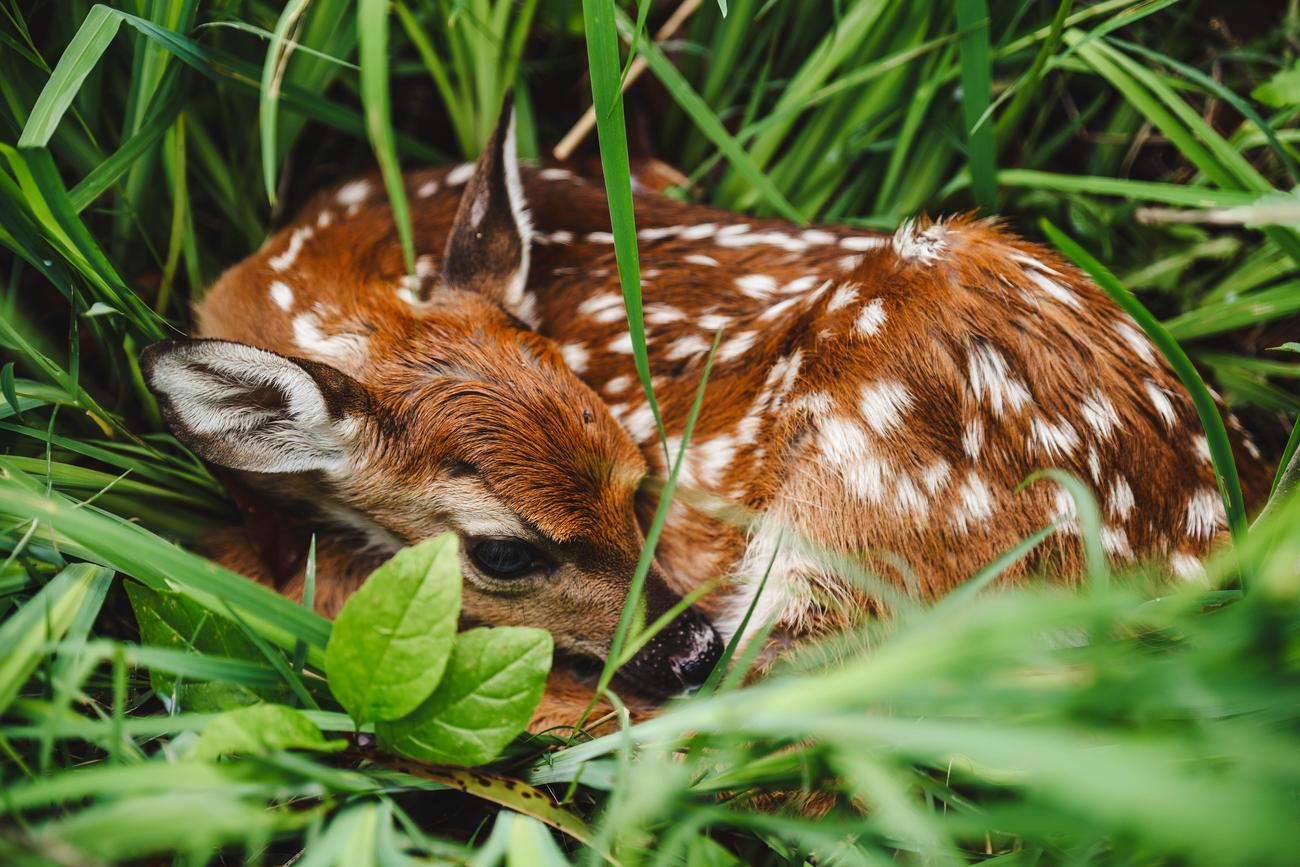
FAQ
Question 1: What are some of the unique fauna found in Malawi?
Answer 1: Malawi is home to a diverse range of fauna, including iconic species such as leopards, black rhinoceros, and numerous bird species. The country’s varied ecosystems support a rich biodiversity that is worth exploring.
Question 2: Where can I spot leopards in Malawi?
Answer 2: One of the best places to spot leopards in Malawi is Liwonde National Park. This park, situated along the Shire River, offers excellent opportunities to observe these elusive and majestic big cats in their natural habitat.
Question 3: Are there any conservation efforts targeting the black rhinoceros in Malawi?
Answer 3: Yes, Malawi is actively involved in conservation efforts to protect the critically endangered black rhinoceros. Organizations like African Parks work closely with the Malawian government to ensure the survival and well-being of this magnificent species.
Question 4: How can learning about Malawi’s native wildlife contribute to conservation efforts?
Answer 4: By learning about the native wildlife of Malawi, individuals can develop a greater appreciation for the country’s unique ecosystems. This awareness can foster a sense of responsibility and encourage people to support conservation initiatives that help preserve the biodiversity of Malawi.
Question 5: Are there any bird species of special interest in Malawi?
Answer 5: Yes, Malawi is a fantastic destination for birdwatching enthusiasts. The country boasts a wide variety of bird species, including the vibrant lilac-breasted roller, the majestic fish eagle, and the elusive African pitta. Exploring the diverse birdlife of Malawi can be a truly rewarding experience.
- Unveiling the Enigma: Mansoureh Khojasteh Bagherzadeh’s Public Appearances & Private Life in Iran - July 18, 2025
- Unveiling the Mystery: Mansoureh Khojasteh Bagherzadeh’s Husband: A Rare Glimpse into a Private Life - July 18, 2025
- Unveiling Masoud Khamenei’s Mother: Power, Influence, and Iran’s Future - July 18, 2025
